State a relationship between electrical power, resistance and potential. difference in an electrical circuit.
To derive the relationship between electrical power (P), resistance (R), and potential difference (V) in an electrical circuit, we can follow these steps:
Step 1: Understand the formula for electrical power
The electrical power (P) in a circuit is defined as the product of the voltage (V) across the circuit and the current (I) flowing through it. Mathematically, this is expressed as:
P=V×I
This is our Equation 1.
Step 2: Apply Ohm's Law
According to Ohm's Law, the relationship between voltage (V), current (I), and resistance (R) is given by:
V=I×R
This is our Equation 2.
Step 3: Rearrange Ohm's Law to find current
From Equation 2, we can express current (I) in terms of voltage (V) and resistance (R):
I=VR
This is our Equation 3.
Step 4: Substitute current in the power formula
Now, we substitute the expression for current (I) from Equation 3 into Equation 1:
P=V×I
Substituting for I gives:
P=V×(VR)
Step 5: Simplify the equation
Now, simplify the equation:
P=V2R
Conclusion
Thus, the relationship between electrical power (P), resistance (R), and potential difference (V) in an electrical circuit is given by:
P=V2R
---
The electrical power (P) in a circuit is defined as the product of the voltage (V) across the circuit and the current (I) flowing through it. Mathematically, this is expressed as:
P=V×I
This is our Equation 1.
According to Ohm's Law, the relationship between voltage (V), current (I), and resistance (R) is given by:
V=I×R
This is our Equation 2.
From Equation 2, we can express current (I) in terms of voltage (V) and resistance (R):
I=VR
This is our Equation 3.
Now, we substitute the expression for current (I) from Equation 3 into Equation 1:
P=V×I
Substituting for I gives:
P=V×(VR)
Now, simplify the equation:
P=V2R
Thus, the relationship between electrical power (P), resistance (R), and potential difference (V) in an electrical circuit is given by:
P=V2R
Topper's Solved these Questions
Similar Questions
Write the relation between electric power of a devices with potential difference across its two ends and its resistance .
View SolutionThe equivalent resistance and potential difference between A and B for the circuit is respectively
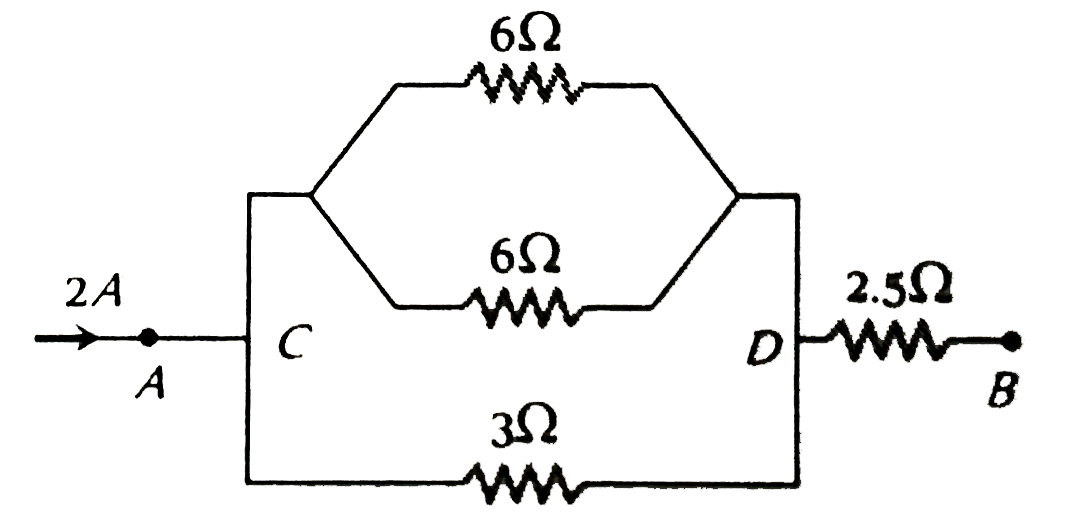
View SolutionWrite the relation between electric power (W ) of a device with potential differnece (Volt) across it and current ( amp ) flowing through it.
View SolutionIn the circuit below, the potential difference between A and B is
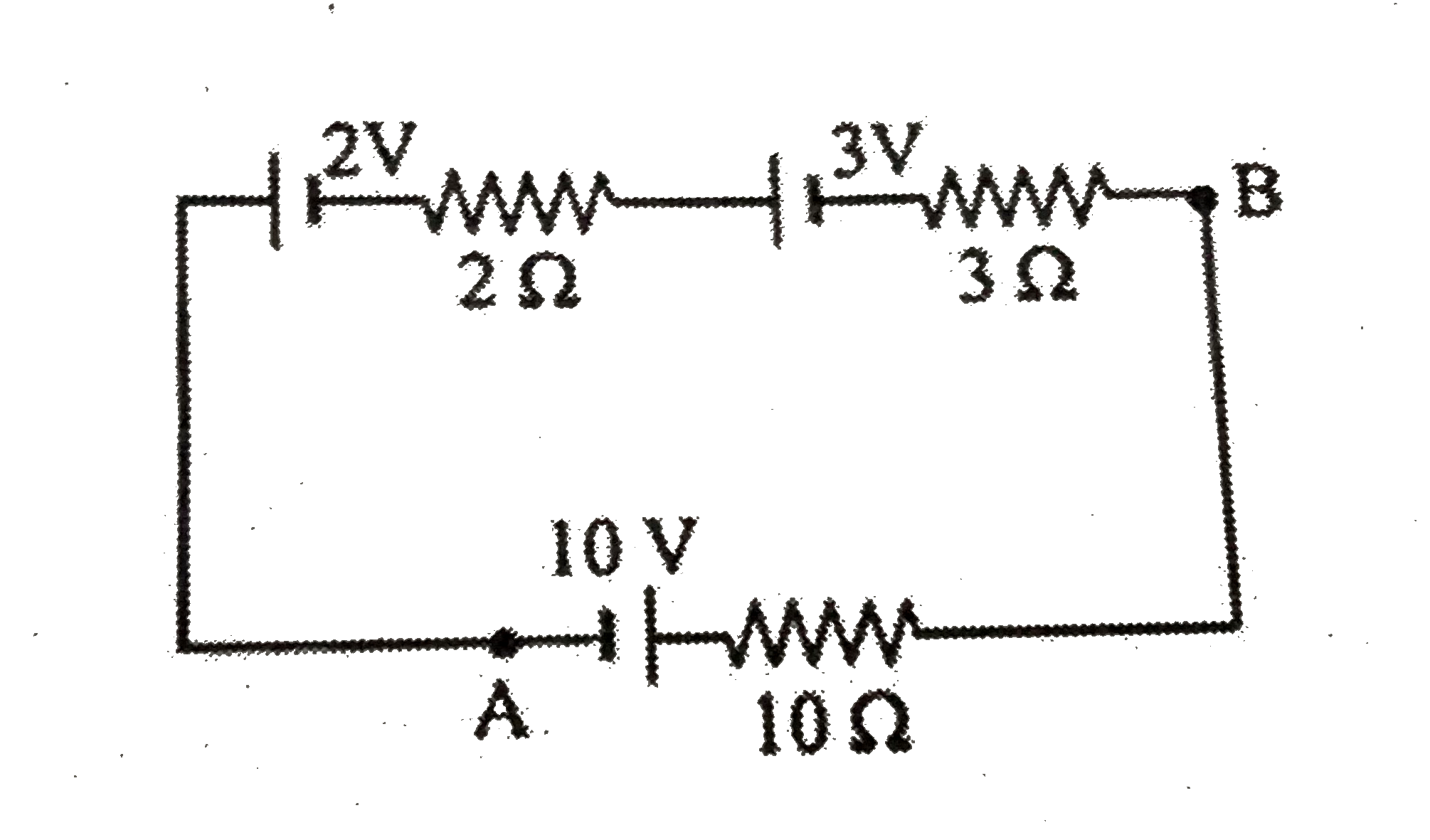
View SolutionState the relationship between water potential and solute potential for a solution at atmospheric pressure .
View SolutionIn the circuit shown, the potential difference between A and B is .
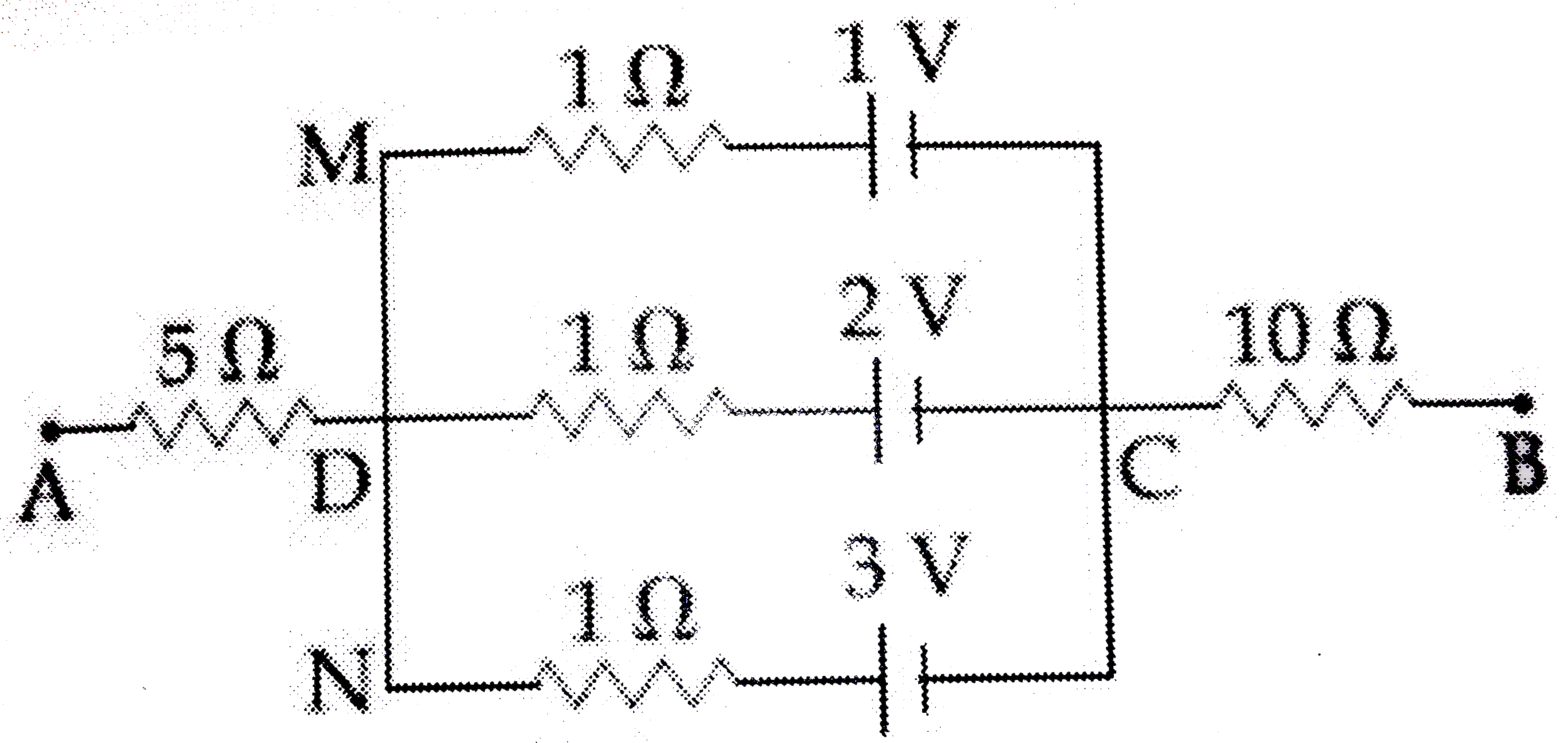
View SolutionIn the circuit shown, the potential difference between x and y will be
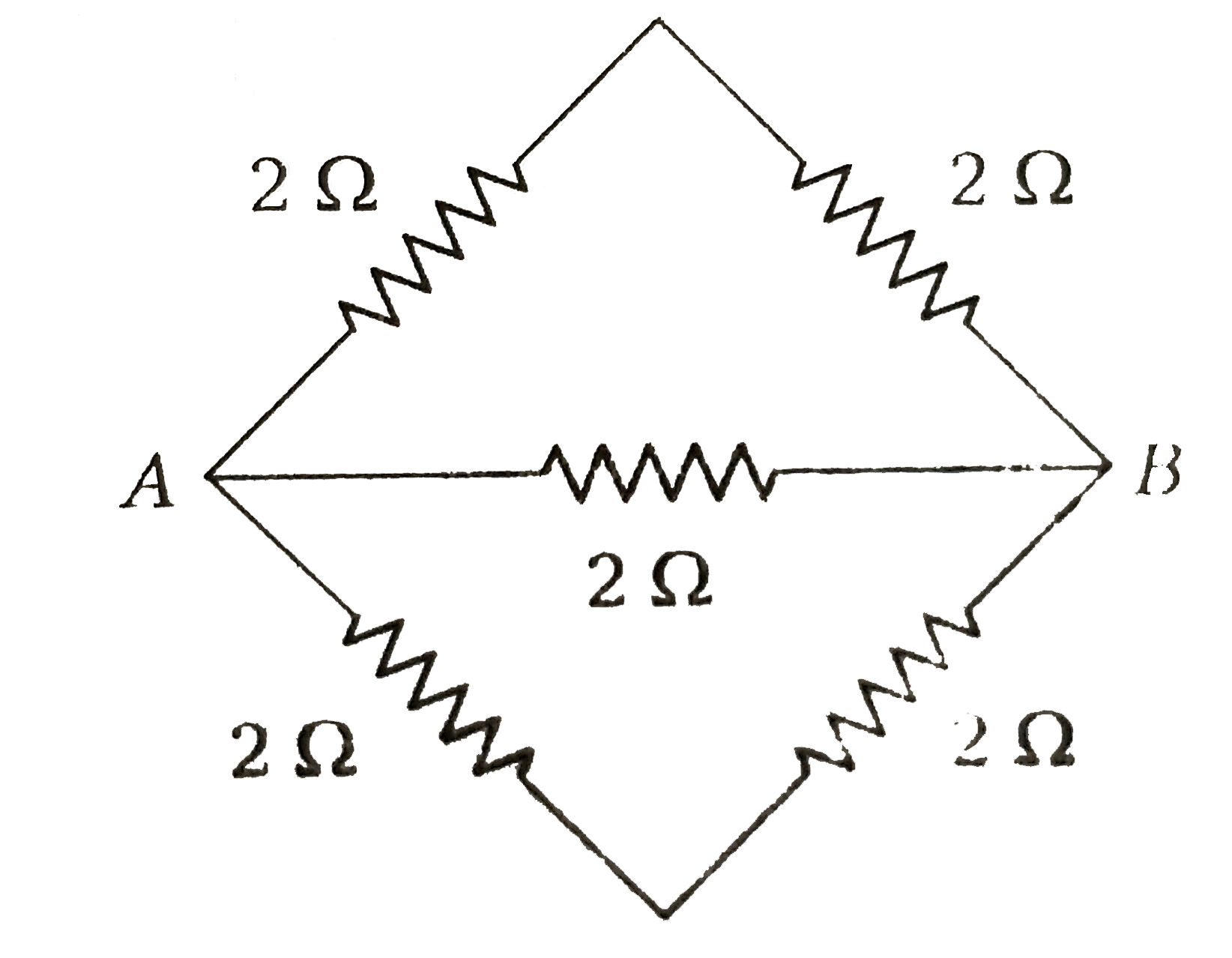
View SolutionIn the circuit shown, potential difference between X and Y will be
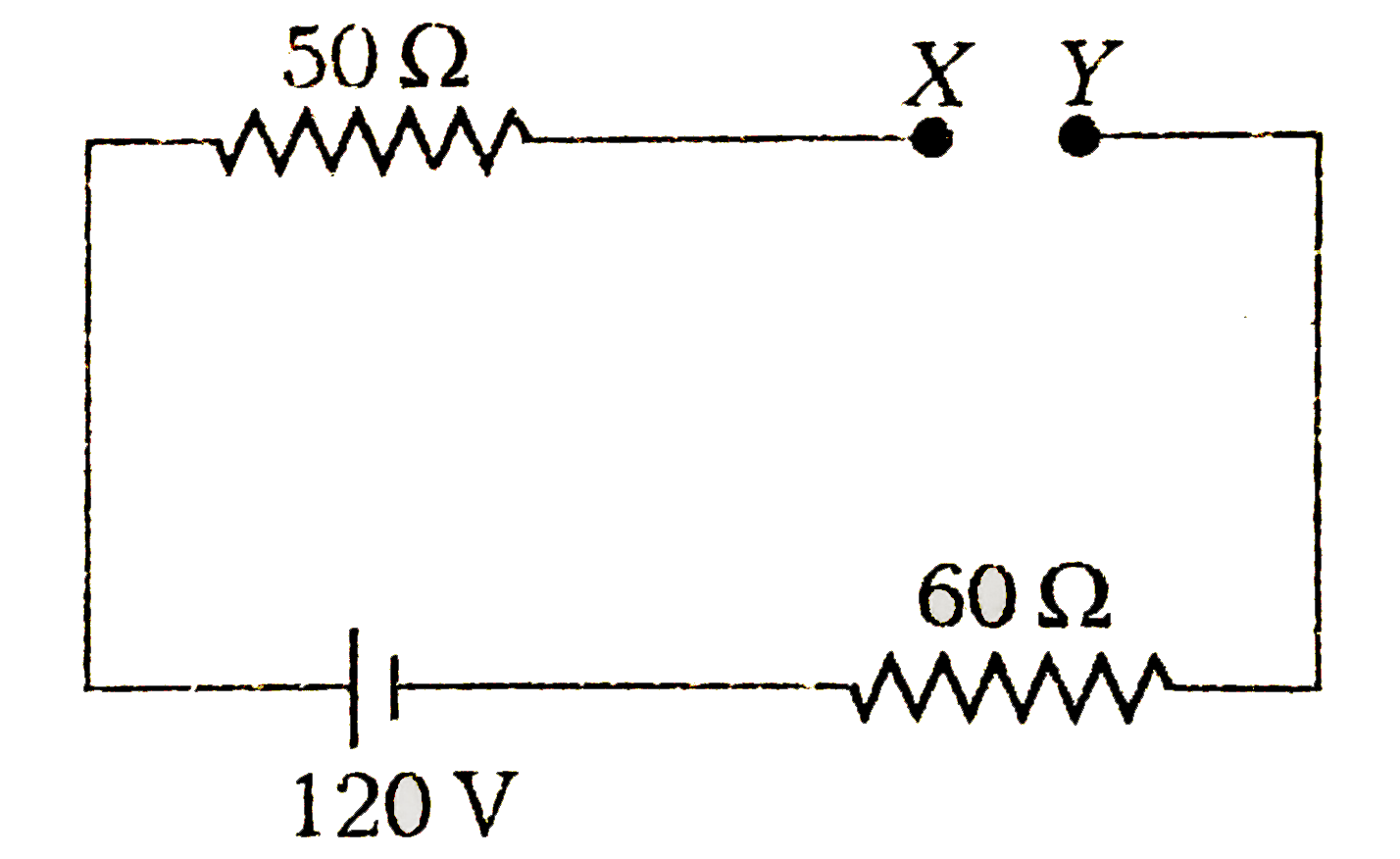
View Solution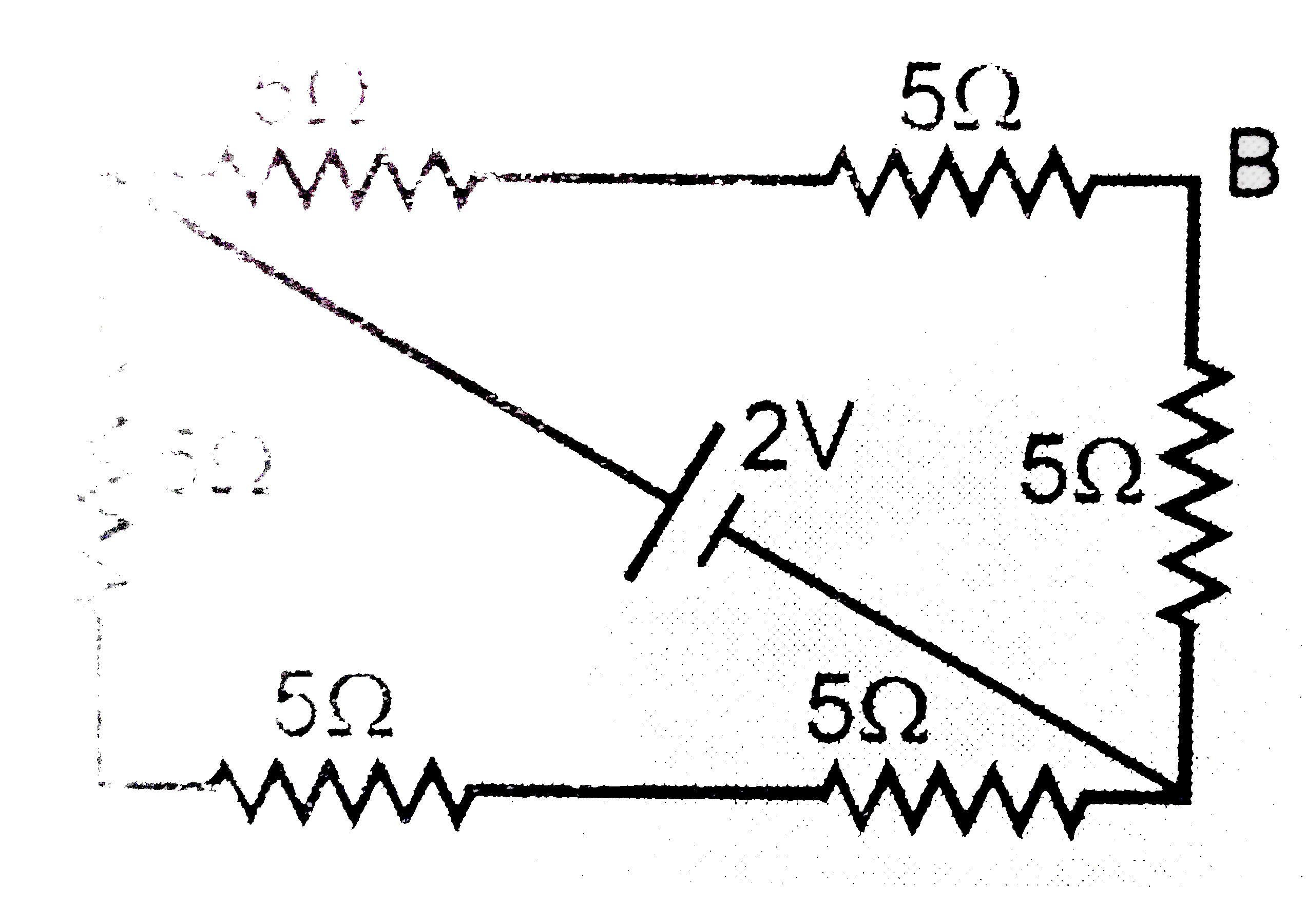
The potential difference between A and B in the following circuit is
View SolutionTwo potential difference between A and B in the following circuit is
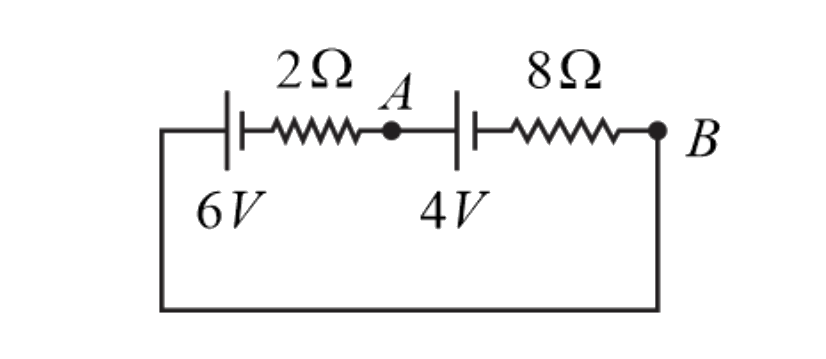
View Solution
